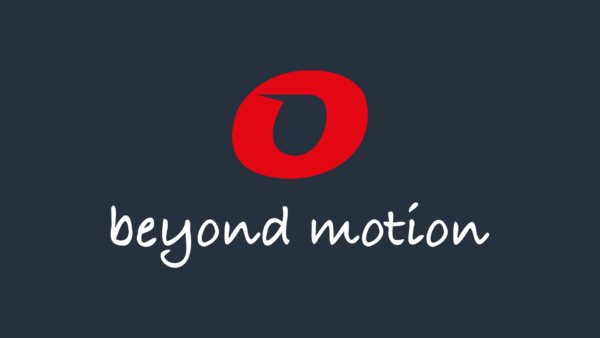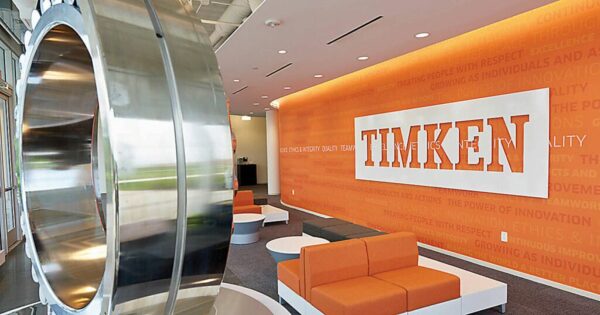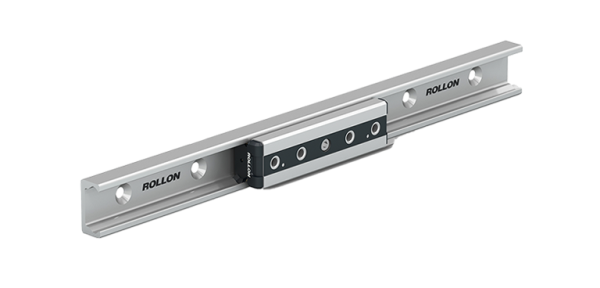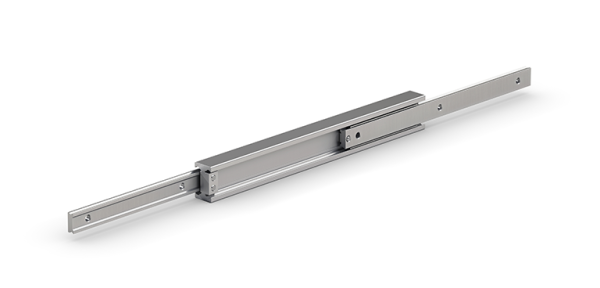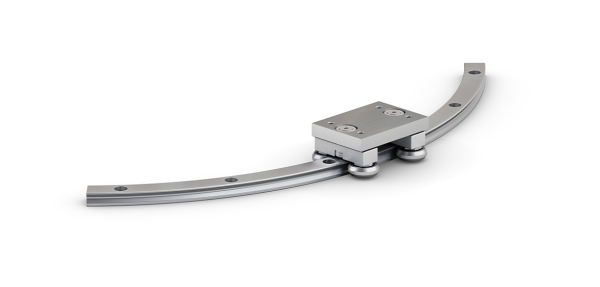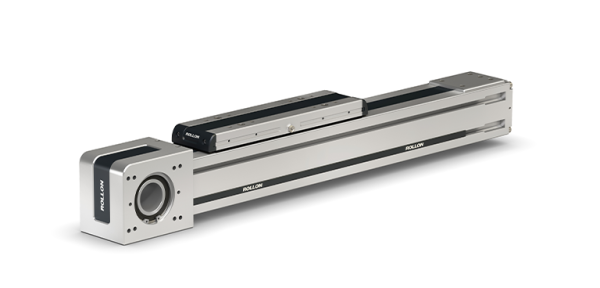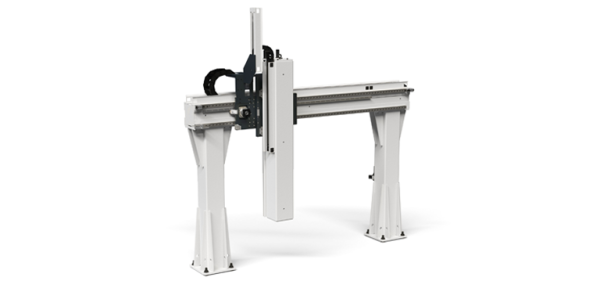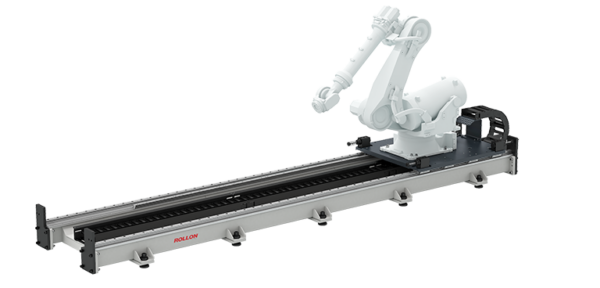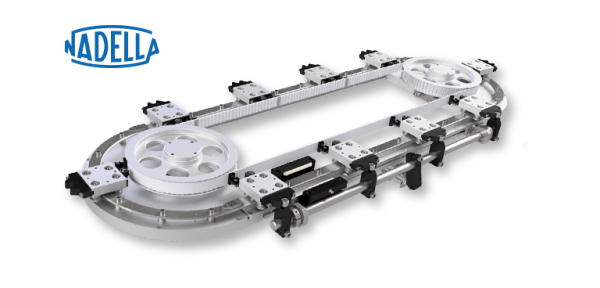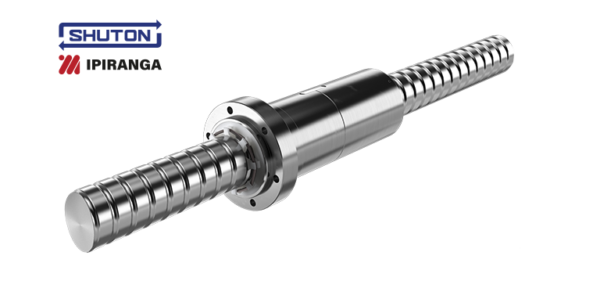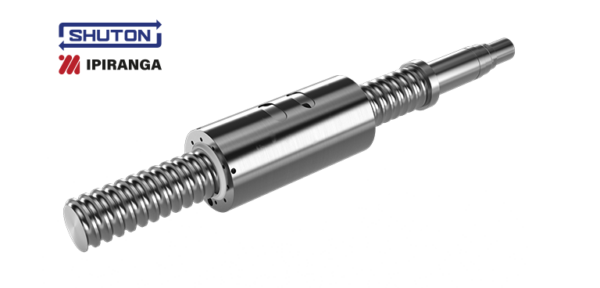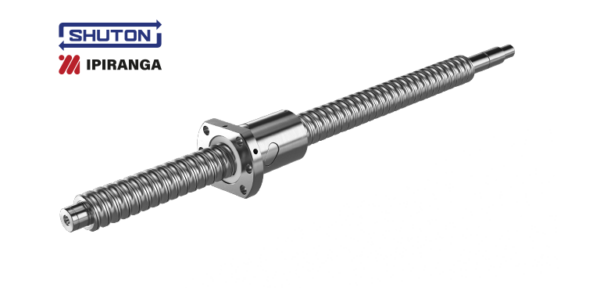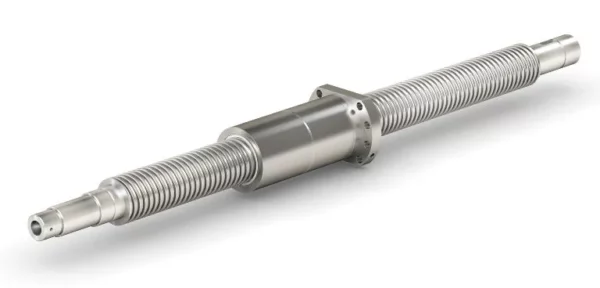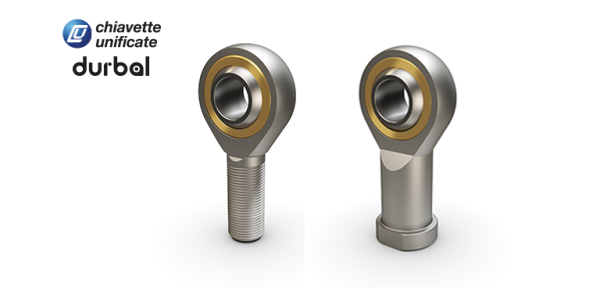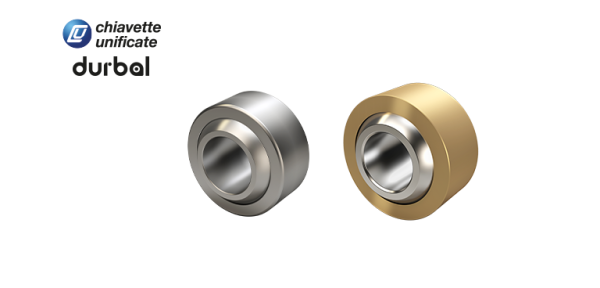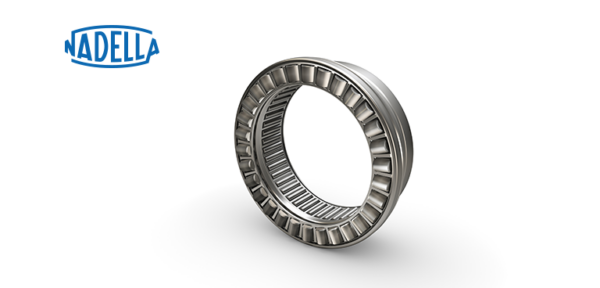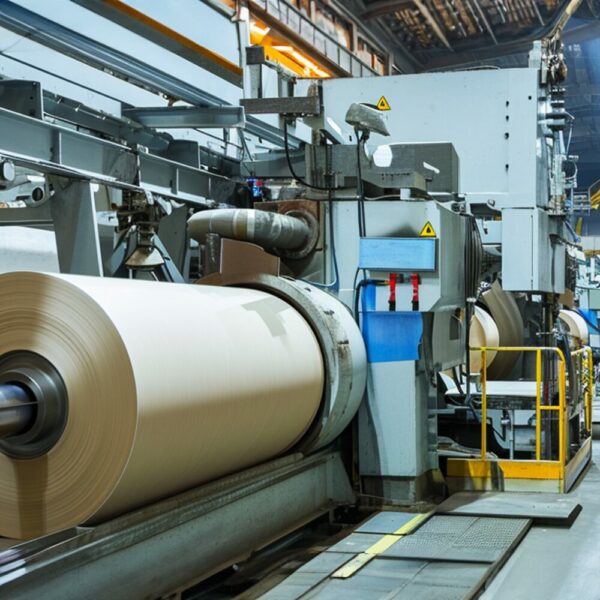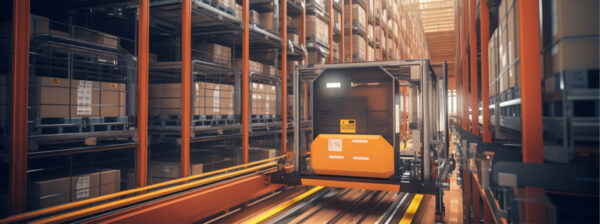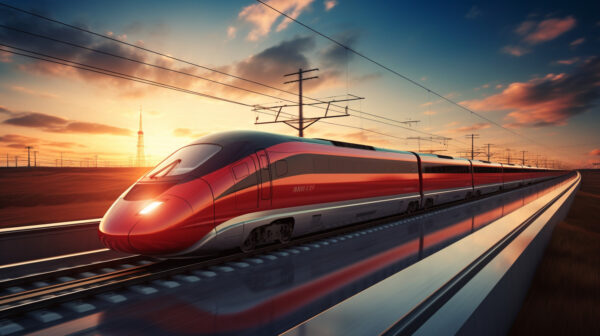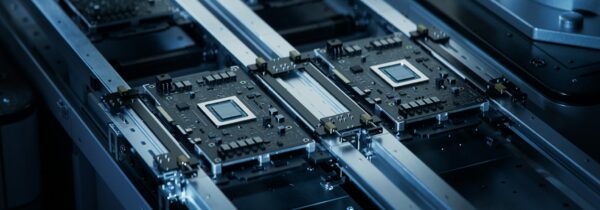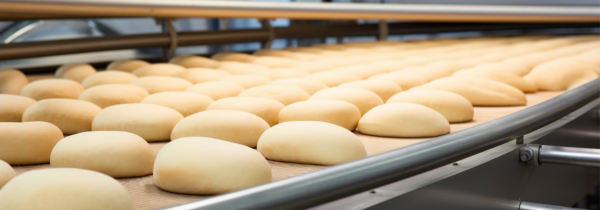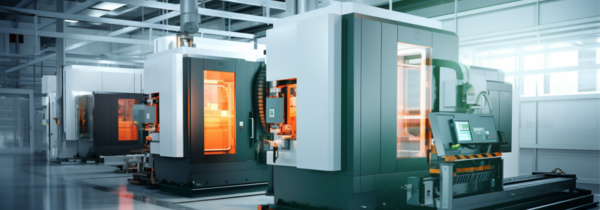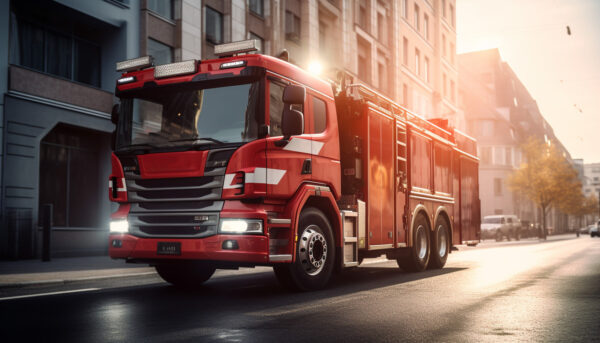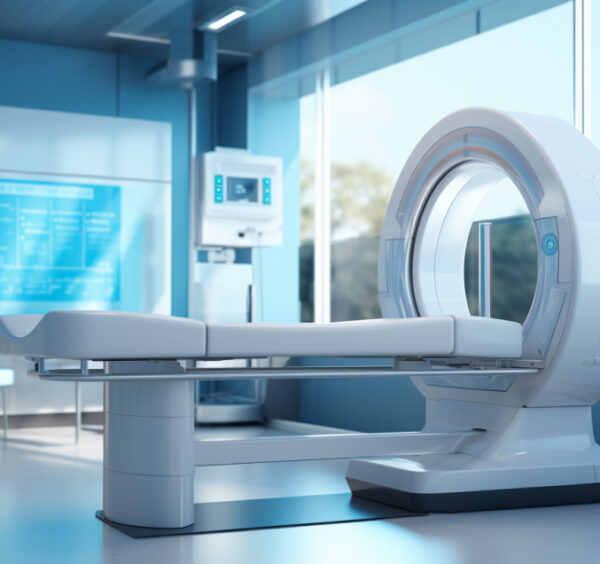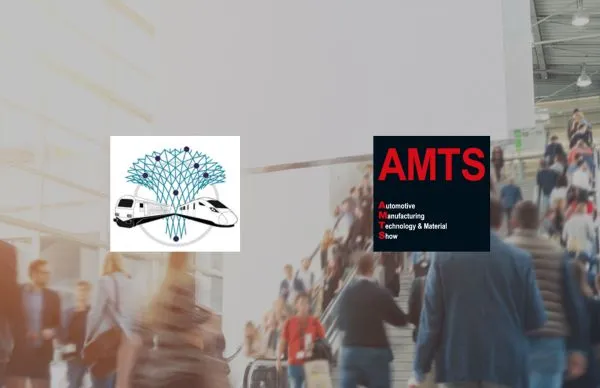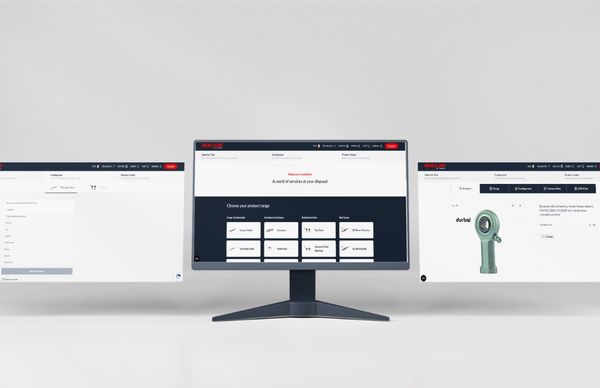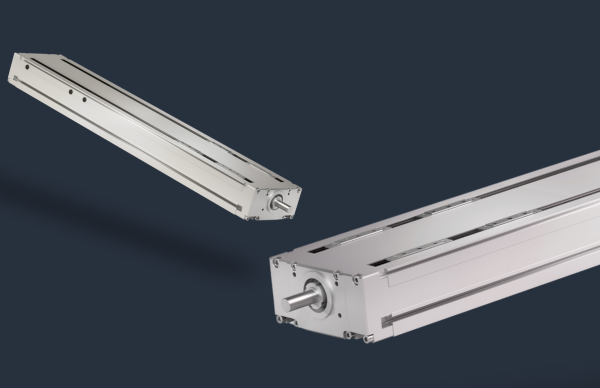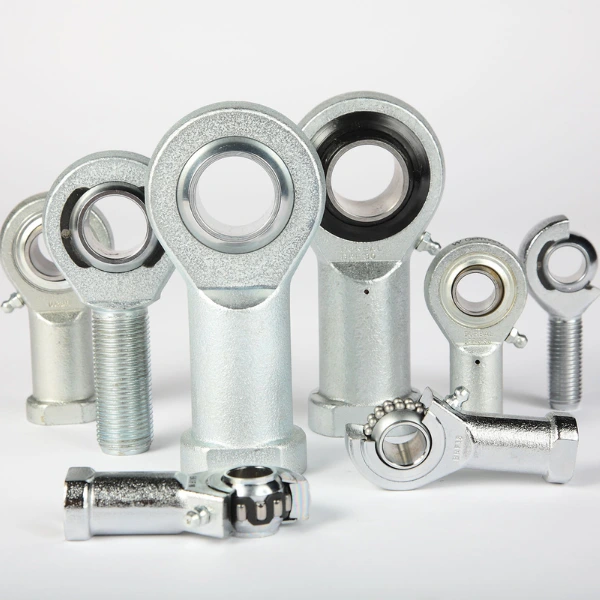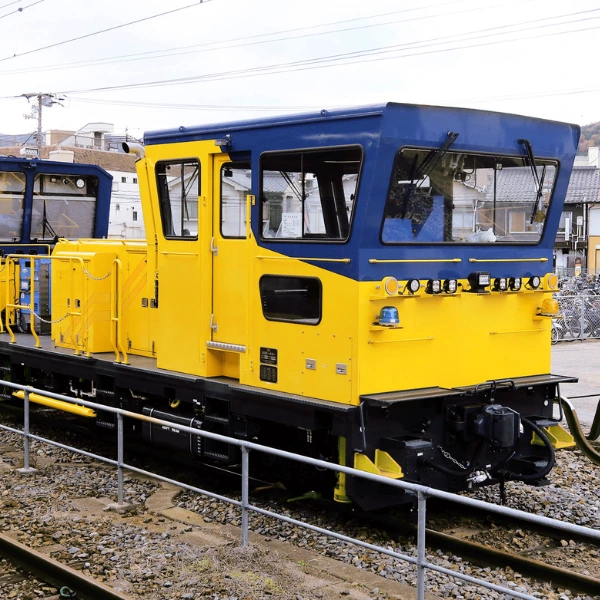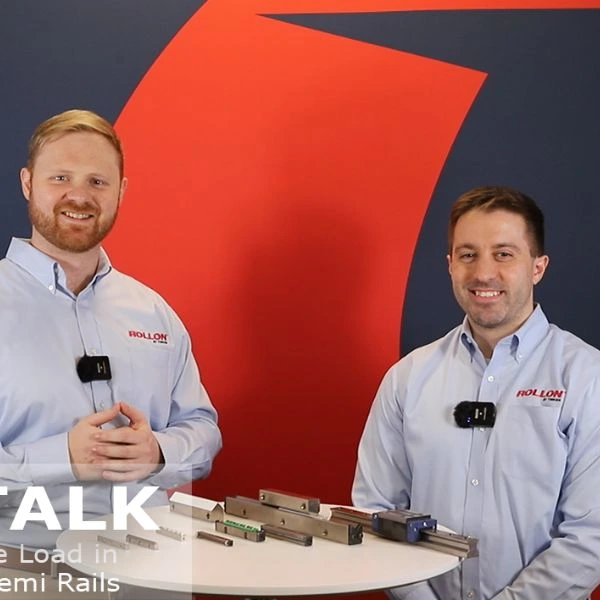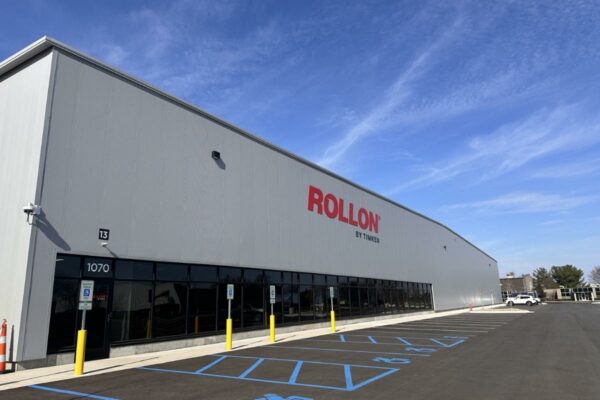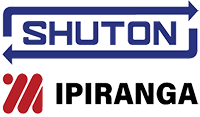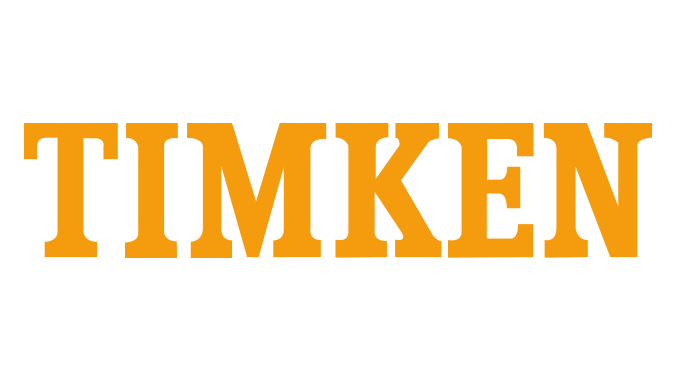Ball Screw Actuators for Repeatability, High Output
When the design demands accurate and repeatable motion or must handle high output forces, ball screw actuators are an ideal choice. They incorporate a rolled thread ball screw configuration to minimize positioning location spread and thereby produce consistent results.
- Repeatability accuracy. Actuator Line ball screw-driven actuators boast a repeatability accuracy range of ±0.003 to ±0.05 mm thanks to the precision ground nature of the ball screw system.
- Output forces. Ball screw systems offer the most output force. In fact, Rollon ball screw actuators can deliver output forces up to 13,100 pounds.
However, when it comes to speed, the whipping nature of the system limits their speed rates to approximately 2.5 m/s. And, their stroke lengths top out at approximately 3.5m, which is less than the long stroke lengths of belt-driven actuators.
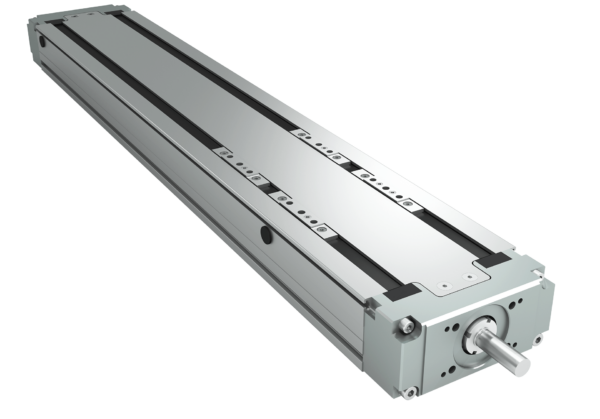
Belt-Driven Actuators for Speed and Long Stroke
If your machine requires high-speed motion or long travel length, belt-driven actuators are an appropriate option. They are not hindered by the whip effect, allowing them to reach higher speeds than ball screw actuators. Rollon’s Actuator Line belt-driven actuators offer the following attributes:
- Speed and accuracy. Speeds range from 4 to 15 m/s, and accelerations range from 10 to 50 m/s2.
- Long stroke length up to 10m.
Belt-driven actuators can offer mid-grade repeatability, but they have limited thrust force handling ability.
After determining your repeatability and speed needs, be sure to examine these additional criteria:
- The static and dynamic load capacities that the actuator must withstand.
- Static and bending moments the carriage will need to handle.
- Acceleration and deceleration requirements.
- The volumetric dimensions that the system must fit within.
- Mounting orientation, which affects load and force handling calculations.
- The duty cycle, cycle time, dwell time and life time required.
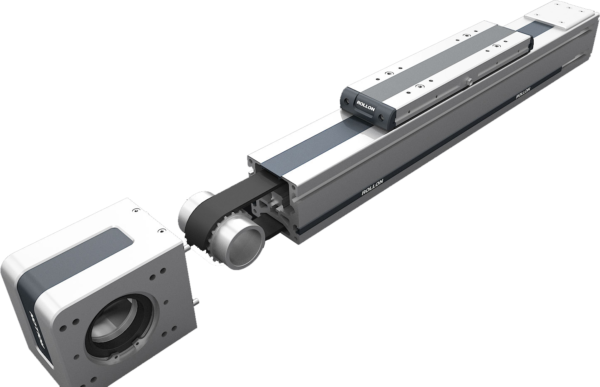
Consider the Various Attributes and Limitations Carefully
Machine designers should take many important factors into consideration when choosing either a ball screw or belt-driven actuator, starting with speed and repeatability accuracy. By understanding this key trade-off along with the load, force handling, travel requirements and other important elements of their application, designers will be well on their way to specifying the right actuator. Rollon offers a wide range of ball screw and belt-driven actuators as part of its Actuator Line, and the company’s application experts can help review your application criteria to select the best device.
For more information about Rollon ball screw and belt-driven actuators, visit our Actuator Line Product Page.

